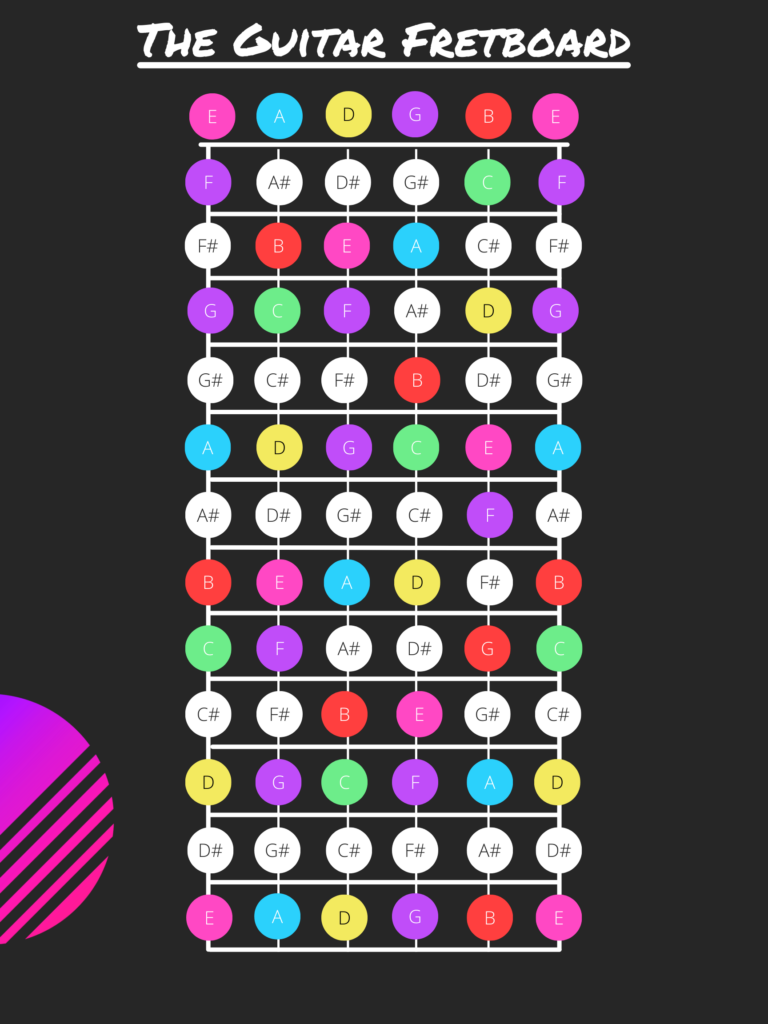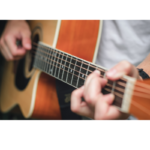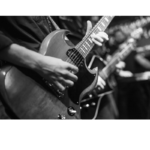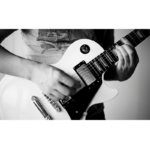What guitar chords should I learn? This is the million dollar question every beginning and intermediate guitar enthusiasts asks. When you start learning the guitar there is so much to do and learn. Guitar chords are the biggest challenge from the start. Getting your fingers moving on the fretboard is painful, literally. Today we are gonna walk you through some guides and suggestions for learning guitar chords.
Part 1: Open Guitar Chords
What are open chords? Open chords are guitar chords that have at least one un-fretted guitar string. They are the easiest chords to learn on the guitar. Often referred as “cowboy” chords, these open chords are the gateway to many songs on the guitar. Most rock and pop music is used with these types of chords. The biggest challenge you will face is transitioning from chord to chord. Once these types of chords are mastered, you will be able to play a majority of songs. If you are just learning or you know a handful of chords, we will list out the specific chords for you to learn. Once you can play these chord types, then you can start learning other chords.
Open Chords
- C major
- G major
- D major
- F major
- E major
- A major
- A minor
- E minor
- D minor
Ok, so there is 9 open chords that need to be learned on the guitar. Once these are memorized your ability to play songs will increase. If you need help learning open guitar chords, we have some free charts for you.
Part 2: Power Chords
They’re the backbone of many rock, punk, and metal songs, creating a punchy and aggressive sound that drives the music forward. Power chords are prominent in rock n roll. If you want to have an awesome rock sound use a power chord. Power chords are built from a root note and a 5th note. They are essentially perfect 5th intervals played on the 6th and 5th string on the guitar. Once you learn the 2 note chord you can move the same chord form across the fretboard. Power chords are “moveable chords” because they can be played on any fret.
In essence, a power chord is a two-note chord consisting of the root note and the fifth note. The absence of the third note (which determines whether a chord is major or minor) gives power chords their punchy sound and allows them to be used in many types of music without clashing with major or minor chords. This simplicity also makes power chords easier to play, making them a favorite among beginners and seasoned guitarists alike.

Moreover, power chords are often used in combination with other guitar techniques, such as palm muting, to create dynamic and rhythmic textures. By muting the strings with the palm of the picking hand, guitarists can control the attack and sustain of the power chords, adding a percussive element to their playing. See the chart above and memorize the notes on the 5th & 6th string (left side of chart, Low E string & A string). This can be a guide for you when you are memorizing the notes on the 5th and 6th string. If you cake the first fret, sixth string (F) and play the note with the C note on the third fret, Fifth string you will play a F power chord.
Conclusion
By understanding open chords and power chords you will be able to play your favorite songs. These 2 focuses are a great place to start for any beginner. Once you comprehend chords, then we can start diving into the world of Pentatonic scales. Chords are the foundation of everything in music. Practice with a jam track or your favorite songs. If you are persistent you will be able to play all open chords and power chords soon.










